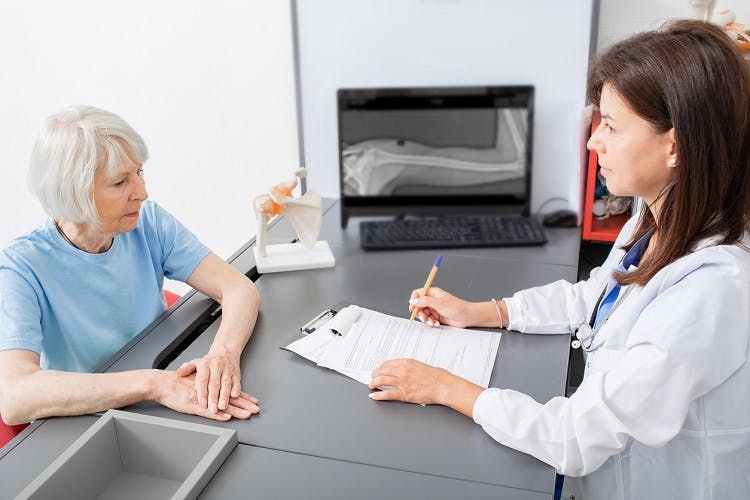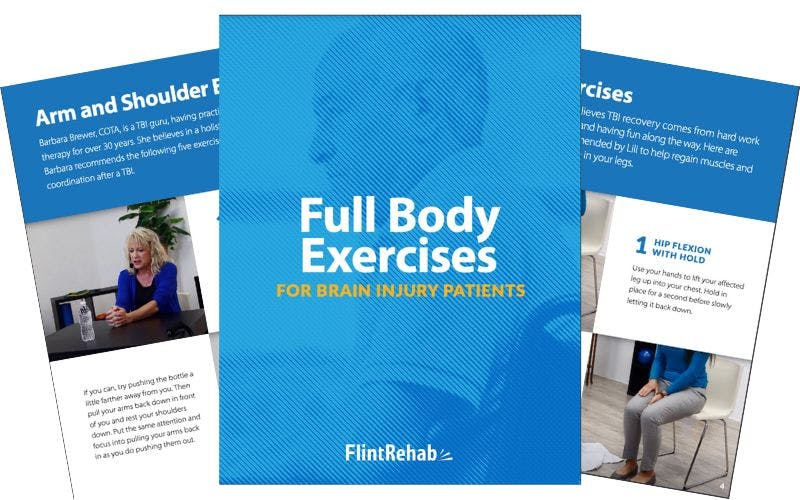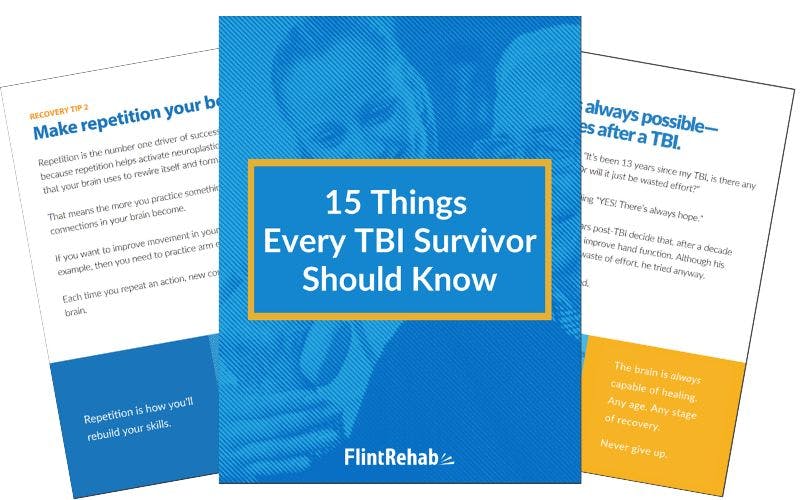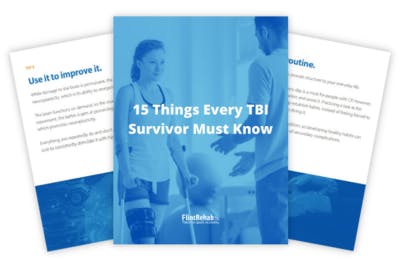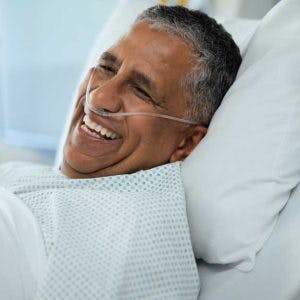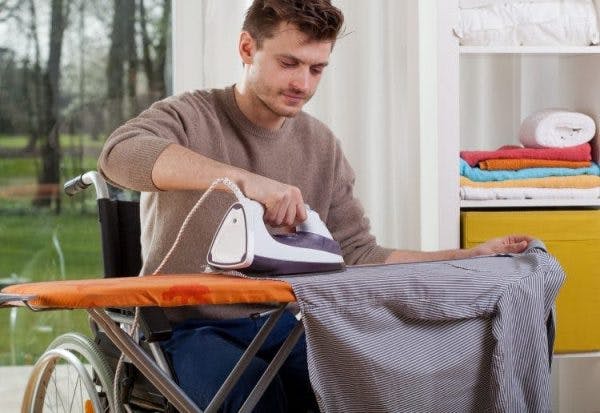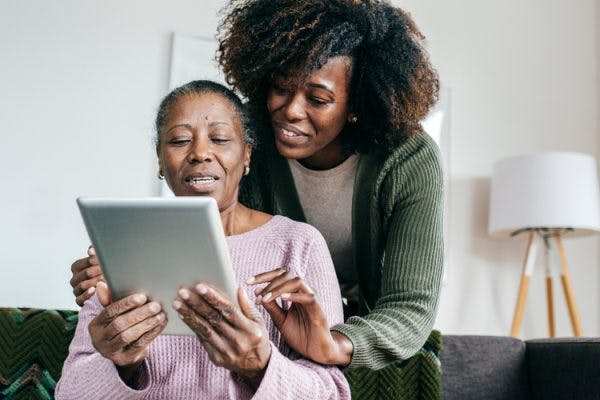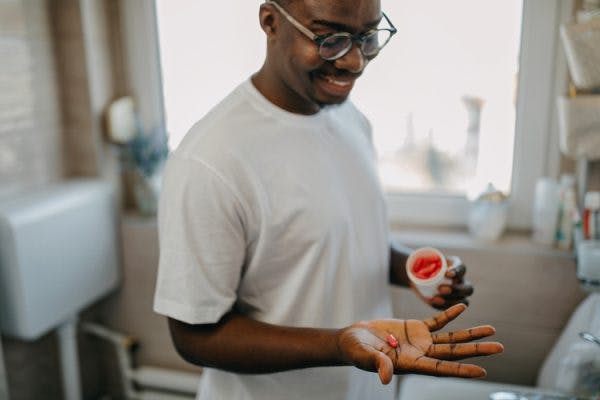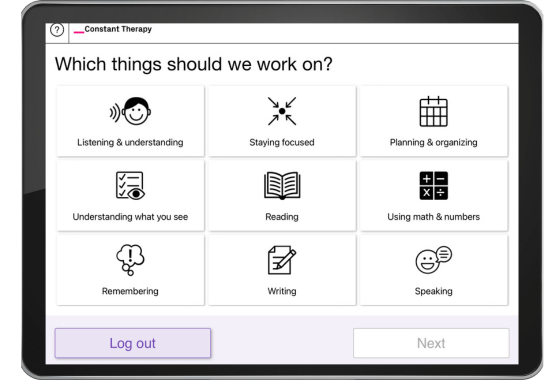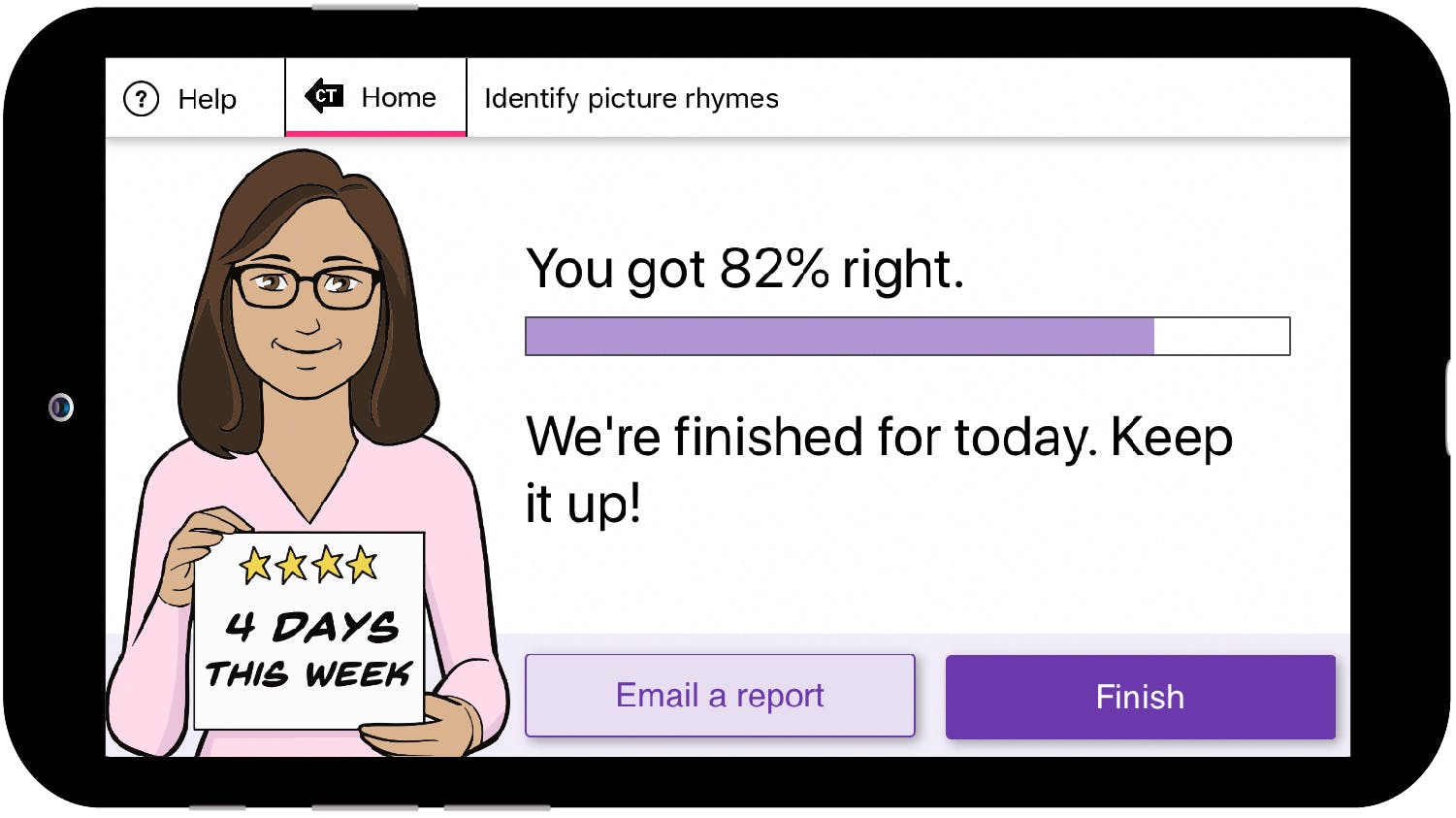Twitching after head injury can indicate a post-traumatic movement disorder such as tremors, myoclonus, or spasticity. However, twitching can also be a positive sign of recovery during rehabilitation, especially for individuals with paralysis.
This article will discuss the causes of twitching after brain injury, how it can improve with neuroplasticity (the nervous system’s ability to rewire itself), and effective treatments to promote recovery.
What Causes Twitching After Brain Injury?
There are several different reasons why someone may experience twitching, ranging from electrolyte imbalances and dehydration to medication side effects and neurologic movement disorders.
The fully functional brain sends nerve signals to the muscles, telling them when to contract and relax. After a brain injury, however, many of the neural pathways (connections) can become impaired. Without healthy neural connections, the brain may lose the ability to communicate efficiently with the muscles, resulting in twitching after head injury.
Twitching can interfere with the ability to move, walk, and perform daily activities. It can also be uncomfortable, and even painful at times. However, twitching may not necessarily be a negative sign. Twitching after brain injury can indicate movement being restored in individuals with paralysis and can mean there is hope for recovery.
In other cases, twitching can indicate a more severe movement disorder and therefore should be taken seriously. Consult with your doctor to learn more about the cause of your twitching to obtain a proper diagnosis and treatment plan.
Types of Twitching After Head Injury
Twitching is generally defined as small muscle contractions in the body. However, twitching may vary significantly in type, presentation, and severity. It’s also important to note that many different movement disorders share similar symptoms, and one of the most common symptoms is twitching.
Therefore, if you experience twitching after a brain injury it’s important to consult with your doctor to obtain an accurate diagnosis. Understanding the different types of twitching can also help you take the necessary steps in your rehabilitation process.
Twitching after brain injury may result in different presentations:
1. Spasticity
After a neurological injury like a stroke or traumatic brain injury, there may be increased muscle contractions or twitching during movement. This heightened state of muscle reflex hyper-excitability is known as spasticity. Symptoms of spasticity include tightening, stiffening, or sudden muscle twitching in the muscle(s) specifically during movement or a quick stretch.
Spasticity may not be apparent immediately after a brain injury because it usually appears within the first six months post-injury. Thus, twitching after a brain injury can sometimes indicate the beginning of spasticity. When spasticity is left untreated, it can progress to involving more muscles, further limiting your mobility and sometimes increasing pain.
2. Tremors
Muscles that involuntarily twitch or quiver in a rhythmic pattern after a brain injury could indicate post-traumatic tremors. Tremors usually affect smaller muscles such as your fingers and hand, but can affect other areas like the neck or lips too. There are several different types and causes for tremors, and they can occur at rest when sitting still (resting tremor) or only specifically during movement (action tremor).
Cerebellar tremors are one of the most common types of tremors that occur after a TBI. As the name suggests, these intention tremors are caused by damage to the cerebellum and its neural pathways.
Because the cerebellum is critical for movement and muscle coordination, damage to this area of the brain can lead to muscle twitching after a head injury. Along with twitching, these intention tremors can cause slow, visible shaking movements in the arms and legs as the brain is having difficulty modulating or controlling the movement. For example, this may result in under- or over-shooting a target when reaching for an object.
3. Myoclonus
A condition known as myoclonus causes sudden, brief muscle spasms throughout the body. These twitches are usually quick, involuntary muscle jerks. Generally, most healthy individuals experience myoclonus in minor forms such as hiccups, which are spasms in the intercostal muscles that we use for breathing. Another example is jerking awake after falling asleep. Although myoclonus is relatively common, this type of muscle twitching after a head injury can be associated with increased risk for seizures.
4. Dystonia
Dystonia refers to sustained, involuntary muscle contractions that force individuals into abnormal positions or result in repetitive or twisting movements. There are three main types of dystonia: focal dystonia, segmental dystonia, and general dystonia. General dystonia affects all parts of the body, while focal dystonia only affects one part such as the eyes, jaw, mouth, neck, legs, or arms. Segmental dystonia, on the other hand, affects two or more adjacent muscle groups at the same time.
For example, rather than just the neck spasming, both the neck and jaw twitch simultaneously. Twitching after brain injury can occur with all types of dystonia. It usually appears on the opposite side of where the injury occurred. For instance, individuals with an injury to the left hemisphere typically experience twitching on the right side of the body.
5. Muscle Reactivation
While twitching after a head injury can indicate a more severe movement disorder, it can also be a positive sign during rehabilitation. When the areas of the brain that control movement are affected, it can result in limited mobility or paralysis. Some survivors report twitching in their muscles right before regaining movement on their affected side.
Twitching in individuals with paralysis could be a sign of increasing communication between the brain and muscles. As the brain rewires itself through neuroplasticity, it rebuilds neural pathways connecting it to the muscles. This allows you to regain control of your movements. However, when pathways are beginning to form, only minimal signals can get through. As a result, twitching may occur, indicating a new stage in your recovery process.
To keep the brain stimulated and neuroplasticity activated, it’s important to continue therapy and practice rehab exercises. Depending on the severity of the twitching, treatment may require a combination of exercise, medication, bracing and splinting, or even injections.
How Neuroplasticity Can Help Reduce Muscle Twitching After Brain Injury
Neuroplasticity refers to the brain’s ability to strengthen existing pathways and create new neural connections. This allows the brain to rearrange itself where the undamaged areas of the brain take over functions from the affected areas. With more healthy neural connections, the brain has an improved ability to send the correct nerve signals to the affected muscles and improve movement.
Neural pathways form in response to high repetition, or massed practice, of rehabilitation exercises. Therefore, to reduce twitching after brain injury, rehabilitation is a must. The more you practice, the higher the chances of restoring communication between your brain and muscles.
As communication between your brain and muscles improves, twitching may reduce. To maximize your chances of recovery, high repetition is necessary. For example, studies have shown that it takes about 400 to 600 repetitions per day of challenging functional tasks to stimulate changes in the brain. The more exercises you can complete, the higher the chances of improving muscle function and reducing twitching after brain injury.
Treatments for Twitching After a Head Injury
Treatment for muscle twitching after head injury may vary depending on the severity. Therefore, it’s important to consult with your doctor or therapist to find the best course of treatment for your condition.
They may recommend using a combination of treatments, which can include:
- Therapy: Because the best way to address the root cause of twitching after brain injury is rehabilitation exercises, treatment may include a variety of therapies. This can include physical therapy, occupational therapy, and home therapy. Depending on the cause of the muscle twitching, your therapist may utilize a combination of stretching, positioning techniques, strengthening, and movement retraining to maximize your functional recovery.
- Medication: When twitching after TBI is a symptom of spasticity, certain medications for spasticity such as baclofen can help. Keep in mind that medication does not address the root cause of twitching after brain injury, and it should be supplemented with rehabilitation exercises for the best results. Also, medication for spasticity may have side effects, so be sure to talk to your doctor about which medication is right for you.
- Botox: If pain or spasticity is especially severe and is specific to a certain muscle group or body part, your doctor might administer a Botox injection. This can help relax your muscles and temporarily relieve spasticity and twitching after brain injury. It’s important to recognize that botox itself only provides short-term relief for a few months, and that research best supports taking advantage of this window of opportunity to do more rehab exercises and stretching to improve your mobility long-term.
- Independent Home Therapy: While attending outpatient therapy is helpful, it is often not enough to achieve massed practice. On average, individuals finish 40-60 reps in a single therapy session, but the brain requires 400-600 repetitions to spark changes. Therefore, it’s essential to continue rehabilitation at home by supplementing it with your own exercises and physical activities. Gamified home therapy devices can provide you with the motivation needed to accomplish hundreds of repetitions at home to boost your neuroplasticity.
- Surgery: This is a highly invasive treatment that should only be considered once all other options have been exhausted. Surgical interventions may sometimes be necessary when twitching after brain injury is severe. Be sure to consult with your doctor first to see if surgery is right for you.
Because twitching may also be a sign of recovery, your rehabilitation approach may be different. However, no matter the cause of twitching after a head injury, the best way to minimize it is to activate neuroplasticity. This will help re-establish the communication between your brain and affected muscles. To accomplish this, high repetition of therapeutic exercises is necessary.
Understanding Twitching After Brain Injury
Twitching after brain injury can indicate a movement disorder such as spasticity or dystonia. However, in other cases, twitching can be a sign of communication within the brain and muscles being restored.
Nonetheless, twitching can cause pain and discomfort, and it can interfere with daily activities. Therefore, it’s important to talk to your doctor and explore different treatments. The best way to treat the root cause of twitching after brain injury is to practice rehabilitation exercises. The more you practice, the more you activate neuroplasticity and increase the chances of recovery.
We hope this article helped you understand why twitching after brain injury occurs and encouraged you to pursue rehabilitation.

